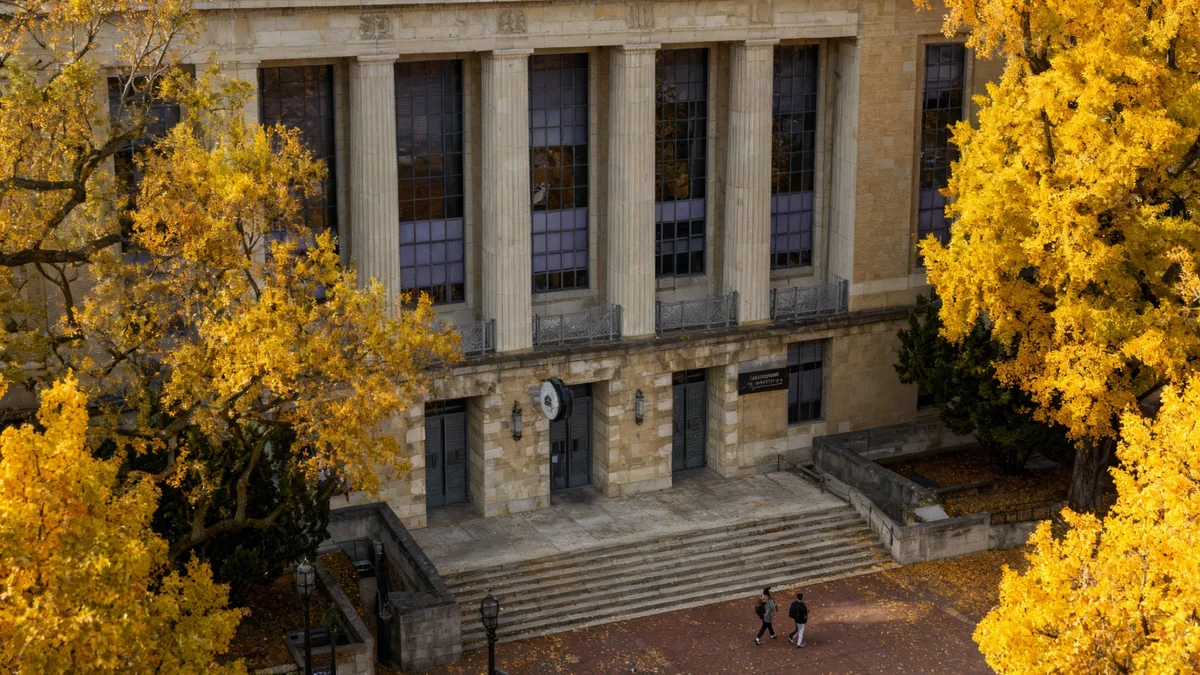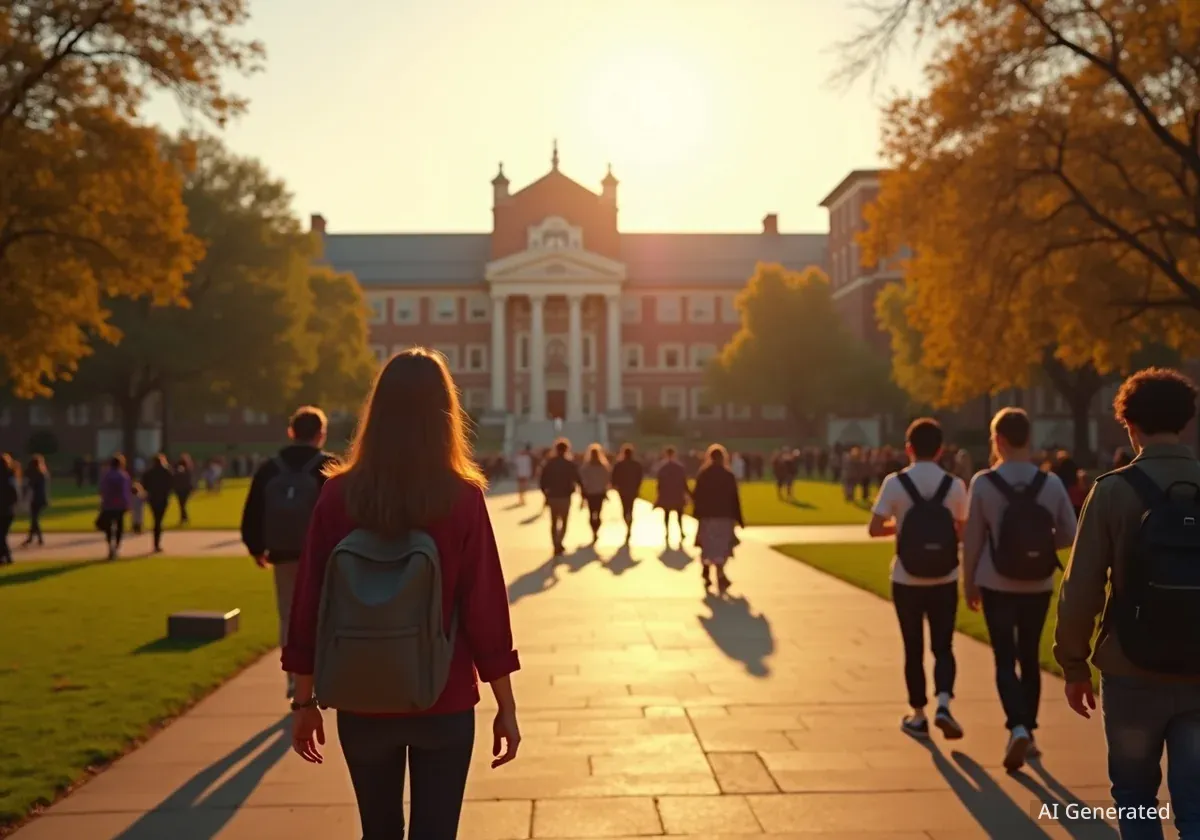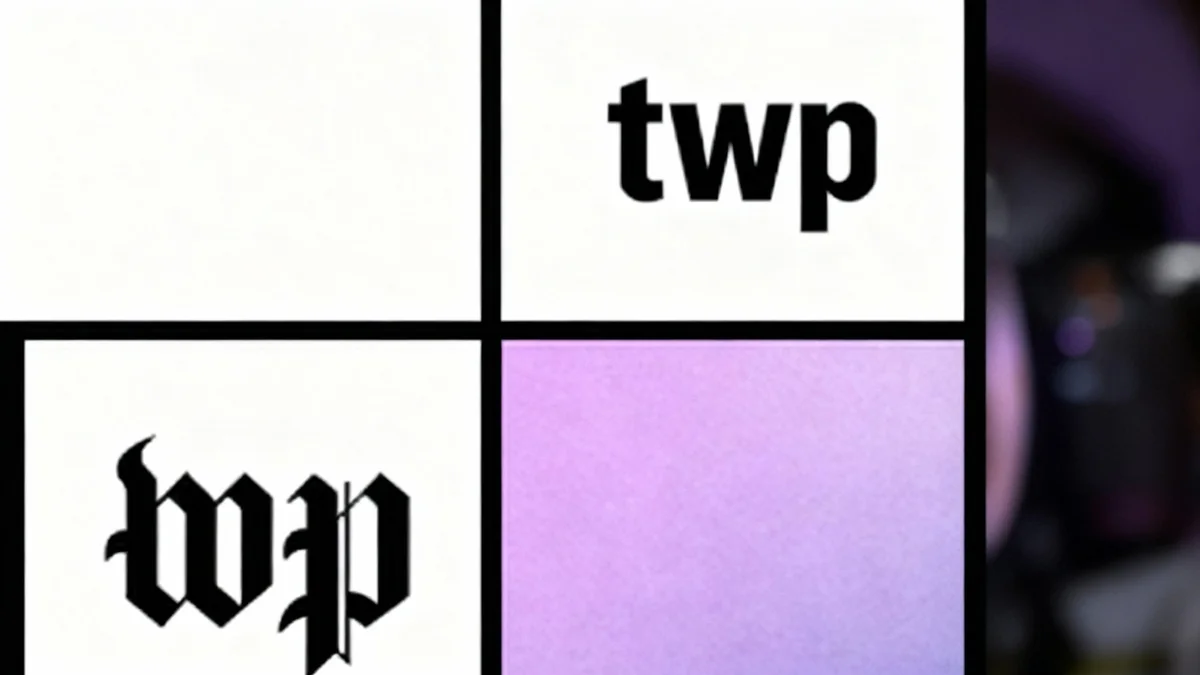A new federal directive is compelling universities across the nation to provide detailed student application data, broken down by race. This move, aimed at ensuring compliance with a 2023 Supreme Court ruling that ended race-based affirmative action, is creating significant administrative challenges and raising questions among higher education leaders, particularly in the Pacific Northwest.
While the policy targets highly selective institutions, most colleges in Oregon and Washington operate on an open-access model. For them, the focus remains on admitting as many qualified students as possible, making the new federal oversight seem largely disconnected from their day-to-day operations.
Key Takeaways
- A new federal mandate requires colleges to report student application data, including GPA and test scores, organized by race.
- The policy is intended to enforce the 2023 Supreme Court ban on affirmative action, primarily at elite, selective universities.
- Most colleges in the Pacific Northwest are non-selective, with acceptance rates often exceeding 70% and some reaching 90%.
- Admissions officers in the region confirm that high school academic performance is the most critical factor for acceptance.
- Higher education experts believe the new rules will have little to no impact on enrollment diversity at non-selective public universities.
A New Directive Challenges Universities
The Trump administration has issued a directive requiring colleges and universities to report extensive data on their applicants. This includes grade point averages and standardized test scores, all of which must be categorized by the applicant's race. The stated goal is to monitor compliance with the Supreme Court's 2023 decision that effectively banned race-based considerations in admissions.
However, many in the higher education sector view the order as an unnecessary administrative burden. University officials and advocacy groups argue that the guidance is vague and the timeline for implementation is unrealistic. The American Council on Education, representing numerous institutions, has publicly called for a delay, questioning whether the Department of Education is equipped to handle such a massive data collection effort accurately.
Background: The Affirmative Action Ban
In 2023, the U.S. Supreme Court ruled against the use of race as a direct factor in college admissions, ending decades of affirmative action policies. The decision has prompted federal agencies to increase scrutiny on how selective institutions build their student bodies, looking for potential "racial proxies" or other methods that might circumvent the ruling.
For many states, this shift is not entirely new. Washington, for instance, banned the consideration of race in public university admissions back in 1998 through a voter-approved initiative. This long-standing policy means its public institutions have already been operating under a race-neutral framework for over a quarter-century.
The Reality of Admissions in the Northwest
While the national conversation often centers on elite universities with low acceptance rates, the situation in the Pacific Northwest is vastly different. The majority of colleges and universities in Oregon and Washington are considered open-access institutions, meaning their primary mission is to serve their regional communities by educating as many students as possible.
"We admit around 90% of our undergraduate applicants. We’re a state public regional institution here to serve our region. That’s our mission."
This approach is common across the country. According to a 2022 analysis from the National Association for College Admissions Counseling, four-year universities in the U.S. accepted over 70% of all applicants. This figure is even higher at regional schools like Central Washington University and Southern Oregon University.
What Really Matters on an Application?
Admissions directors across the Northwest are consistent: a student's high school transcript is the single most important part of their application. Factors like the rigor of the curriculum and overall grades carry the most weight.
Nate Mannetter, who oversees enrollment at Gonzaga University in Spokane, explained the process. "We look at a student’s academic achievement through grades and the rigor of their curriculum and also at the student’s extracurricular activities and their character through a letter of recommendation," he said. "The most heavily weighted criteria is in the student’s academic achievement."
Two Types of Admissions Offices
Jon Boeckenstedt, a former enrollment vice provost at Oregon State University, simplifies the landscape: "There’s two kinds of admissions offices in the world: those who deny students they would like to admit and those who admit students they would prefer to deny." The vast majority of colleges, he notes, fall into the second category, focusing on enrollment rather than exclusion.
While race is no longer a direct factor, admissions offices still acknowledge the existence of educational equity gaps. National data shows persistent disparities in grade point averages among different racial and ethnic groups. Experts say it's valid to consider the context of a student's background, but it is never the deciding factor. "It’s never a matter of, ‘this student is Hispanic, so we’re going to admit her.’ That just does not happen in college admissions," Boeckenstedt added.
Selective vs. Non-Selective: A Tale of Two Systems
The new federal scrutiny is squarely aimed at the handful of highly selective institutions that deny the majority of their applicants. In the Pacific Northwest, these schools are rare. The University of Washington's Seattle campus is the state's most selective public institution, with a 43% acceptance rate, driven largely by high demand for its competitive computer science and engineering programs.
The most selective school in the entire region is Reed College, a small liberal arts school in Portland with a 27% acceptance rate in 2023. Officials at both UW and Reed have been tight-lipped about the potential impact of the federal directive, though UW confirmed it abides by all state and federal laws and does not use race in admissions.
Many admissions professionals at less-selective schools have already adapted their processes to ensure fairness. "We’ve changed practices to ensure there isn’t a way to be influenced by an applicant’s race or ethnicity. That information is masked," said Eric Staab, Vice President for Admissions and Financial Aid at Lewis & Clark College. "I would be totally shocked if the hyper-selective institutions didn’t do exactly the same thing."
Expected Impact on Student Diversity
Following the Supreme Court's decision, some elite schools reported drops in the enrollment of Black and Hispanic students. However, preliminary data from larger, non-selective public universities suggests a different outcome.
Zachary Bleemer, a professor of economics at Princeton University, has studied the effects of ending affirmative action. His research indicates that at open-access schools, the impact is minimal.
"Ending affirmative action in Nebraska did not change the number of Black and Hispanic students at the University of Nebraska because everyone could basically go there. The University of Oregon and the University of Washington really matter. They’re high enrollers, but also economic drivers for those states."
Ultimately, admissions officers emphasize that their goal is to welcome students, not turn them away. The focus remains on identifying potential and providing educational opportunities. As Staab from Lewis & Clark College concluded, "In the end, we’re not an office of denial. We’re an office of admission."





